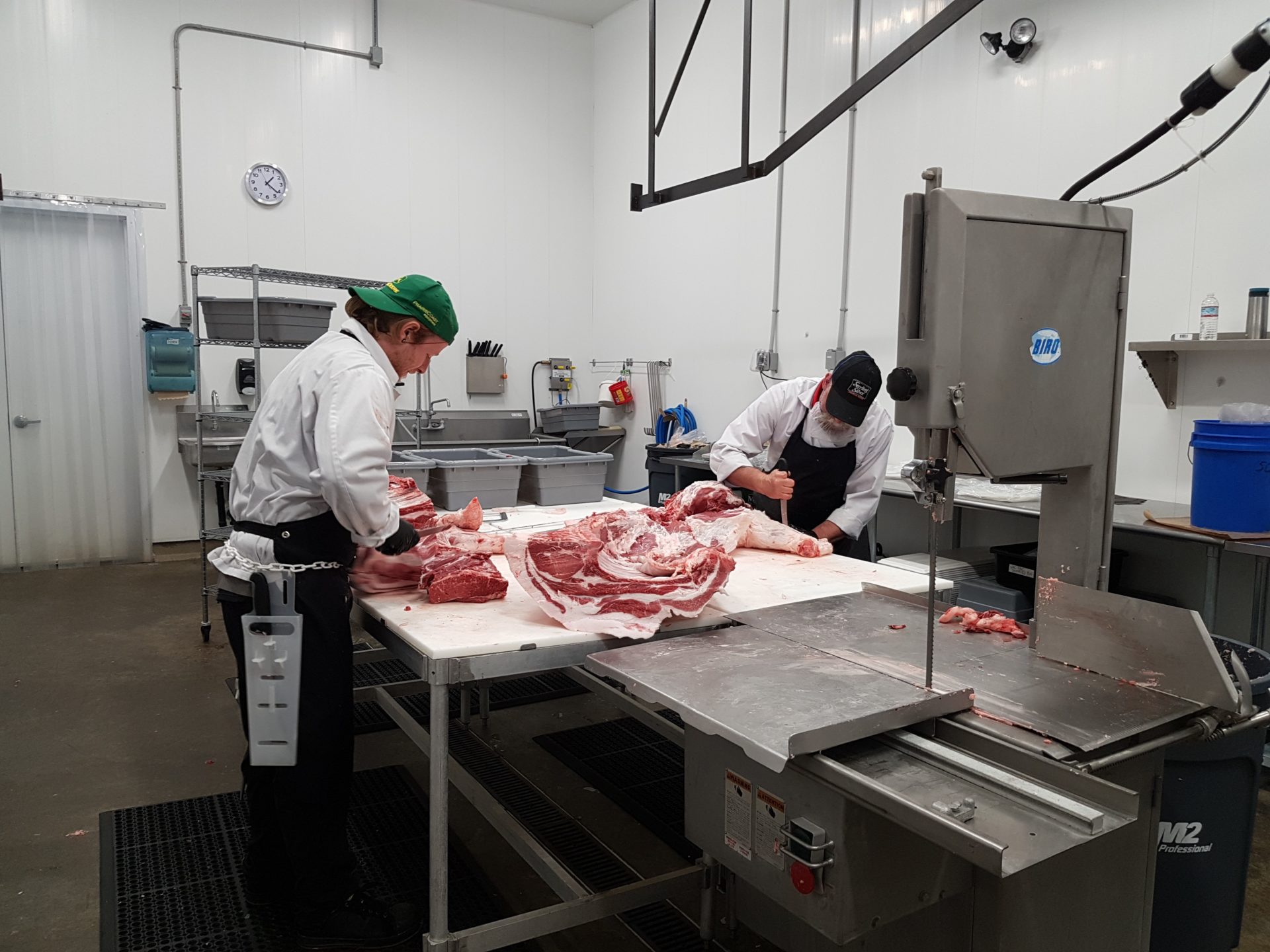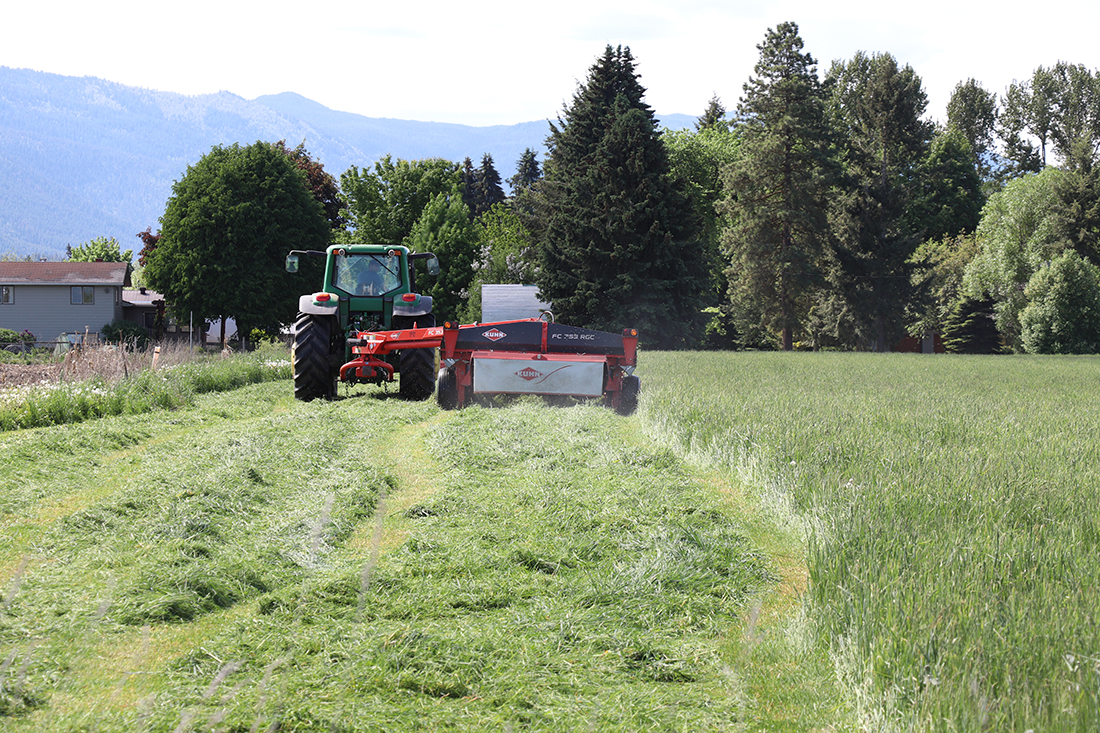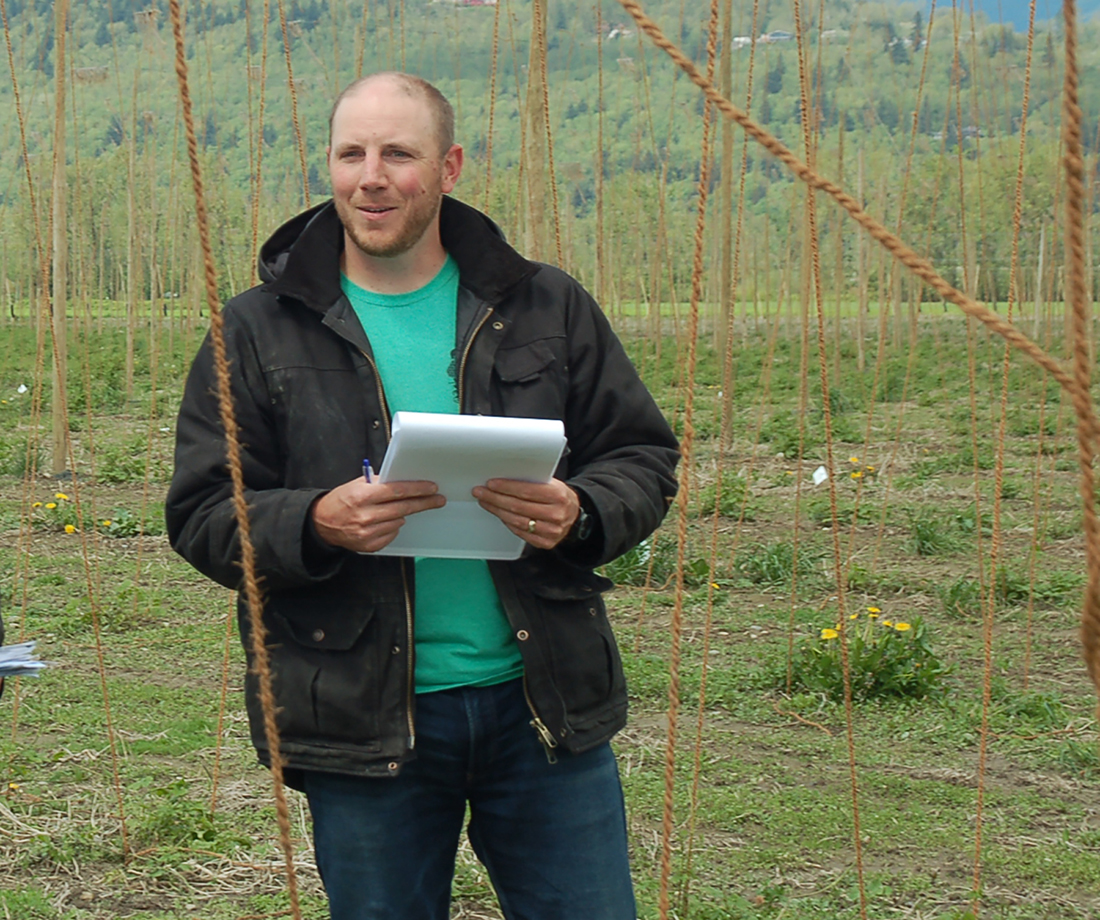The province’s claim to be acting on recommendations for strengthening the meat industry is disputed by the BC Association of Abattoirs.
BC agriculture minister Lana Popham has accepted all 21 recommendations of the Select Standing Committee on Agriculture, Fish and Food’s report on local meat production and inspection and is implementing them, the June 3 release said.
Government received the recommendations 10 months ago, and the release claimed that it has already made progress on several fronts, including the allocation of $290,000 for food safety and animal welfare training workshops for rural producers, processors and regional health authority staff.
But that’s not a new initiative, says Nova Woodbury, executive director of the abattoirs association.
“[It] has nothing to do with the Select Standing Committee,” she says. “That training was supposed to have taken place more than five years ago and the money was set aside. They finally released the money last spring following the committee meetings.”
The announcement also touts $148,000 for the association to provide slaughter training, but Woodbury says that money was previously allocated, too.
“I’ve been working to get that going for two and a half years,” says Woodbury.
But the most troubling aspect of the government’s announcement is a claim to have reduced travel time restrictions between an A or B plant and a class E facility to one hour, meaning that more small, local, ‘slaughter only’ facilities can be constructed for direct to consumer sales in their own regional district. Woodbury says this will allow more uninspected facilities to open, in direct competition with the more stringently regulated A & B licensed facilities.
“That’s frightening,” says Woodbury. “I don’t know how a responsible government can enable new facilities to be built without more oversight for humane slaughter, food safety and traceability. It is unacceptable to our members.”
Woodbury would like the agriculture ministry to oversee all meat inspection, a move that would address five of the standing committee’s recommendations.
The ministry also says it’s seeking public input on new Class D licence regions “to help alleviate regional or sub-regional slaughter capacity challenges and increase local livestock production.” However, it received a separate report on Class D & E licensed facilities a year ago and has yet to implement it.


 No changes to Bill 15
No changes to Bill 15